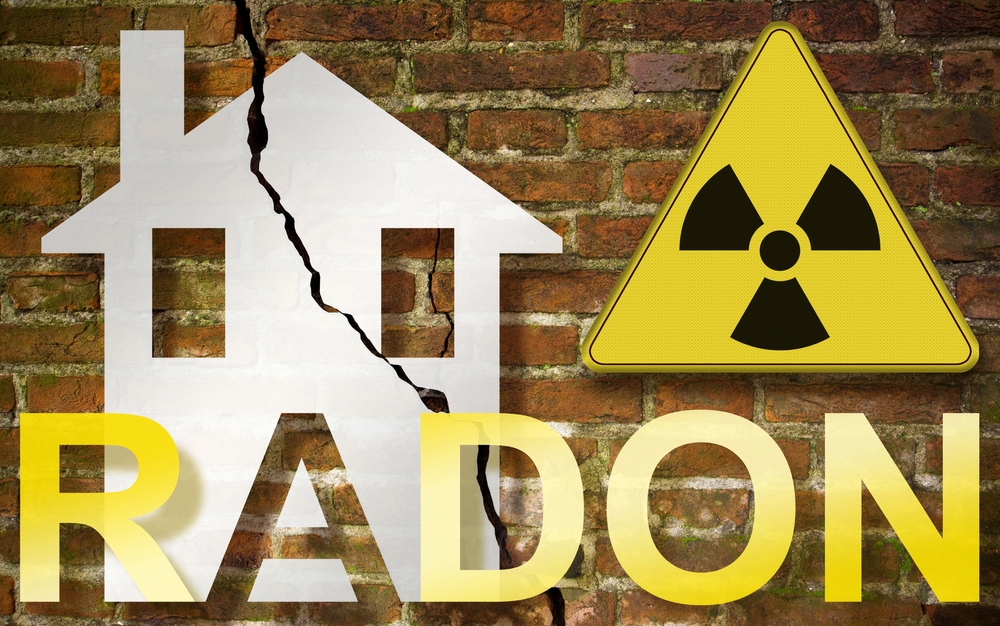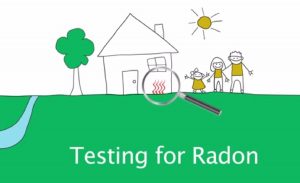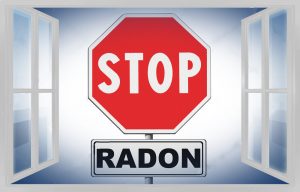Radon levels are higher in spaces closer to the ground. It is not uncommon for high levels of radioactive gas on your first floor. Additionally, radon can be present in high amounts in basements and crawlspaces.
As a result, you need to focus on these spaces to eliminate radon. Here is a guide to help you eradicate radon from your basement or crawlspace.
Test Your Basement and Crawlspace for Radon Gas
You must test your crawlspace and basement for radon levels. It is possible to use store-bought solutions to test radon gas. You must install the units in your basement or crawlspace for 3 months.
The reading will help you determine if you should go for active or passive mitigation systems. Moreover, you have data to find out if your project is a success.
Cover Exposed Earth
Does your basement or crawlspace have exposed soil?
Radon gas is always leaking from the soil. So, it is natural for it to accumulate in your crawlspace with exposed earth.
However, a wooden or concrete floor can also let in radon. It can enter through gaps and cracks in the floor.
Therefore, cover the ground of your crawlspace or basement with a vapor membrane. It is a plastic sheet that covers exposed soil. Additionally, you can cover the walls if they have cracks or openings.
Seal the boundaries of the sheet tightly with tape or adhesive.
Open Windows and Vents
Natural ventilation is an excellent way to get rid of radon. You can open windows and vents in your basement to drive the gas out.
Additionally, you can create vents in your crawlspace. However, there are a few standards you should keep in mind.
- The minimum vent opening should be at least 1 sq ft for each 150 sq ft for wooden floors.
- For non-wooden floors, the vent opening must be at least 1.5 sq ft for every 15 ft of the perimeter wall.
You may increase the area of the vent openings in warm climates. However, in cold places, it might lead to freezing.
Install Active Ventilation Systems
A suction system can drive out the radon from your basement and crawlspace. However, just using a pipe without a fan is not very effective. You have to use a pipe and a fan to create an active ventilation system.
It is necessary to keep the pipe’s opening under the vapor membrane. Additionally, seal the area around the pipe properly to prevent any leaks.
The fan will draw out the radon and release it through the pipe’s opening outside. However, you must extend the opening above your roof.
Otherwise, radon released from the pipe can enter your home through windows and doors.
Seal All Cracks
You must seal all the cracks on your floor and walls. Additionally, focus on the perimeter of the floor where it meets the walls.
Moreover, check for gaps around pipes, cables, and support pillars. Additional areas to prioritize are:
- Floor drains
- Open sumps
- The top of the wall blocks
You may need to prepare the surface for a proper seal. Additionally, you may use polyurethane caulking to seal openings and cracks. A backing rod can also help you create a durable seal.
Improve Mechanical Ventilation to Reduce Radon Gas
An improvement in overall ventilation reduces radon from your home. It even pulls out the radon from lower levels of your home like basements.
A heat recovery ventilator (HRV) is a good choice. It improves indoor ventilation by bringing in fresh air from the outside.
Additionally, it uses the exhausted air’s warmth to heat or cool the incoming air. As a result, your home becomes more comfortable in winter and summer.
Most importantly, you can lower your utility bills as radon reduction systems increase them.
An HRV may lower radon levels by up to 50%.
Final Thoughts to Removing Radon Gas
Radon is one of the leading causes of lung cancer. It is necessary to take action if radon builds up in your basement or crawlspace. You should cover exposed soil and seal all cracks and gaps on floors and walls. Additionally, install an active suction system to drive out radon. You can also install other mechanical systems like an HRV for optimum outcomes. Test the air for radon radiation after you complete your project for complete assurance.




